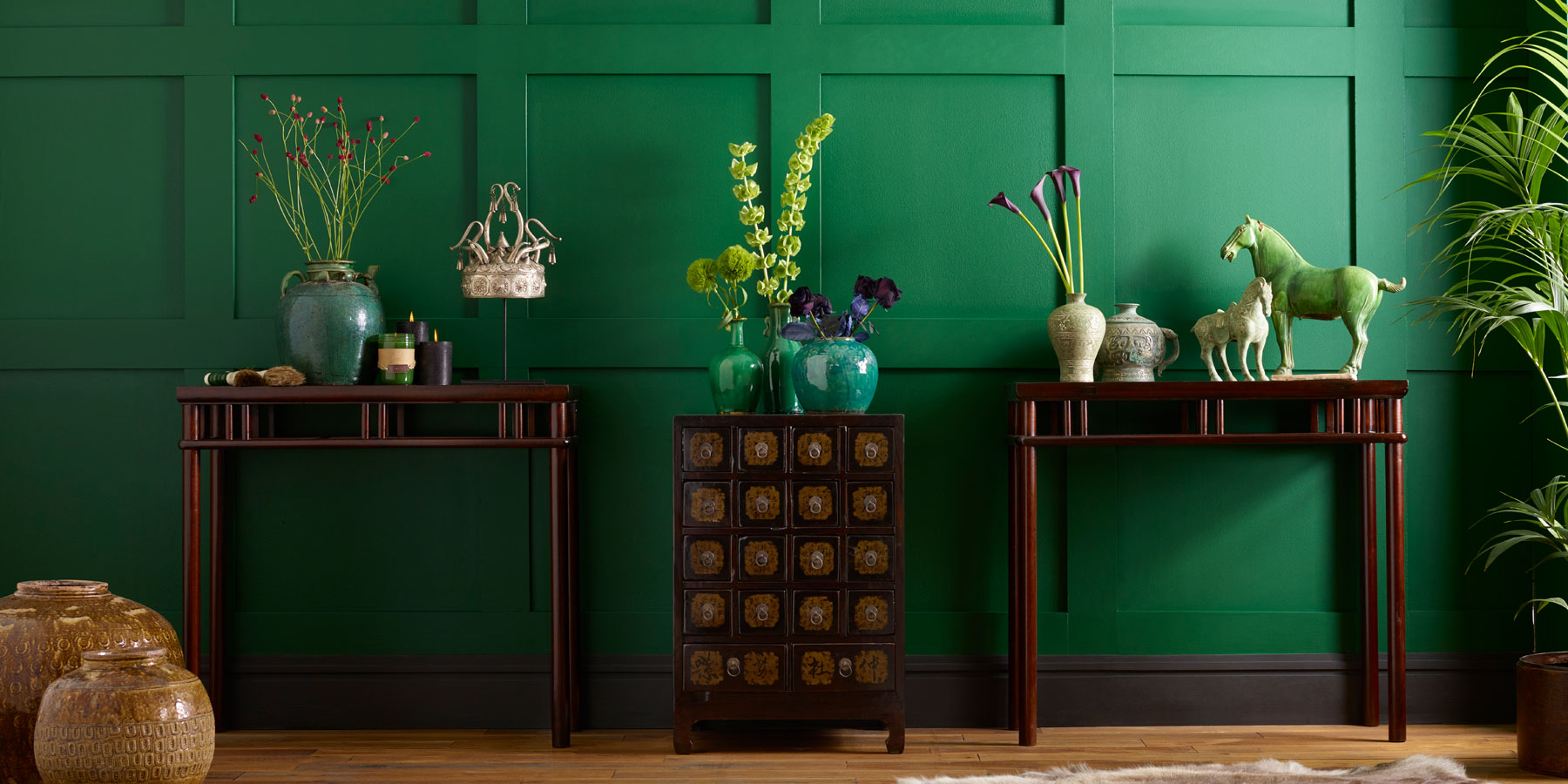 In this section you can learn about the history and development of Chinese furniture, find out more about the materials used in our furniture, and about the traditional joinery and construction techniques that our craftsmen use to produce our furniture. You can also learn about how best to care for your furniture and antiques.
In this section you can learn about the history and development of Chinese furniture, find out more about the materials used in our furniture, and about the traditional joinery and construction techniques that our craftsmen use to produce our furniture. You can also learn about how best to care for your furniture and antiques.
The History of Chinese Furniture
As in most other Asian cultures, the custom in ancient Chinese homes was to kneel or sit cross-legged on floor level mats. Furnishings were restricted to low level tables, armrests and decorative screens, with simplicity and minimalism the overriding themes. Some time during the Tang dynasty (618 - 907 AD), higher seats first started to appear amongst the Chinese elite and their usage soon spread to all levels of society. Evidence as to why this move to higher seating took place is scarce, although the elevated status associated with being raised off the floor is likely to have been a major factor. With the higher level of seating came other types of furniture, including benches, long rectangular tables and folding screens.
By the 12th century seating on the floor was rare in China, unlike in other Asian countries where the custom continued, and the chair or more commonly the stool was used in the vast majority of houses throughout the country. Over the next few centuries furniture design and construction continued to be refined, leading up to the late Ming period (1368 – 1644), which is considered by most to be the golden age of Chinese furniture. By this time China had become extremely prosperous, particularly its coastal cities, and demand for luxury items including fine furniture had grown.
The furniture of this time displayed simple, elegant lines, beautiful curves and superb craftsmanship. The quality and accuracy of joinery was so precise that nails and glue were used only as supplements. Metalwork such as handles, hinges and lock plates were designed to complement the graceful lines of each piece. These were no longer simply functional items of furniture but had become objects of beauty, and their timeless simplicity means that they still grace even the most modern home.
Many of the designs that first appeared during this period remained unchanged, in some cases for hundreds of years. Drawings on paper were rare. Instead verbal descriptions of ‘types’ of furniture were passed down from generation to generation, along with the skills and craftsmanship to continue the tradition. In many ways the artisans that produced the beautiful oriental pieces of this time were far more advanced than their European counterparts. One simple example of their technical superiority is the appearance early on in China of the curved backrest, designed to both please the eye and to increase a chair’s comfort. This same feature did not appear in European furniture making until centuries later.
The majority of Ming furniture was made of timber from indigenous trees such as pine, elm and zelkova (known as ‘southern elm’). However, the lifting of a ban on imports in 1567 and the subsequent increase in maritime trade also saw the use of tropical hardwoods, mostly imported from South East Asia. These included the dense, precious hardwoods Zitan and Huang-Huali.
Although few examples of the originals remain today, a wide range of finishes were used for furniture of the Ming period. These included heavy carved lacquer, sometimes inlaid with mother of pearl or agate; plainer red or black lacquer; and a more natural finish, allowing the grain to stand out and the beauty of the wood to be the main focus of the piece. Contrary to the image often held in Western minds of opulent painted and lacquered items, evidence suggests that the elite scholars and officials of the time preferred a more refined and restrained finish.
The designs that came out of China during the Ming dynasty were much admired by the Europeans and have had a major influence on Western interior design. The timeless simplicity and perfect proportions of Ming furniture allow these pieces to grace even the most modern home, and we hope that you will find something to delight you amongst the Shimu range of classical Chinese furniture.
Furniture produced for the ruling classes during the early Qing period (1644 – 1911) was similar to Ming and continued to display classic, simple lines. However a change in style gradually appeared, and by the end of the 18th century the purity of Ming furniture had been replaced by angular forms and overly ornate carvings.
However, furniture produced for the general population in China’s towns and villages remained simpler in style, often lacquered in red or black and decorated with landscape scenes or auspicious symbols. This type of furniture continued to be made into the early 20th century, with distinct styles visible in different regions of China. Thousands of these pieces are still available in China today and form the rich source from which we select our antique furniture range.
Learn more about:
Chinese Cabinets and Armoires
Chinese Tables and Chairs
Chinese Trunks and Chests
Chinese Screens and Beds
Learn about our materials and how our furniture is made
Learn about how best to care for your Chinese furniture
For a list of recommended books about Chinese Furniture and links to useful web sites see our resources page.
Asian Furniture UK | Caring for your antique chinese furniture | Chinese antique furniture | Chinese Bedroom Furniture UK | Stylish Chinese Blanket Chests and Bedroom Furniture | Chinese Furniture for Sale in the UK | About Chinese Furniture | Chinese Home Furnishings | Chinese Living Room Furniture | Chinese Screens and Beds | Chinese Tables and Chairs | Chinese Trunks and Chests | Chinese Cabinets and Armoires | Chinese antique furniture - Materials and Joinery | Oriental Antique Furniture | Oriental Furniture | Chinese Console Tables | Chinese Cabinets UK | Chinese Style Furniture UK




